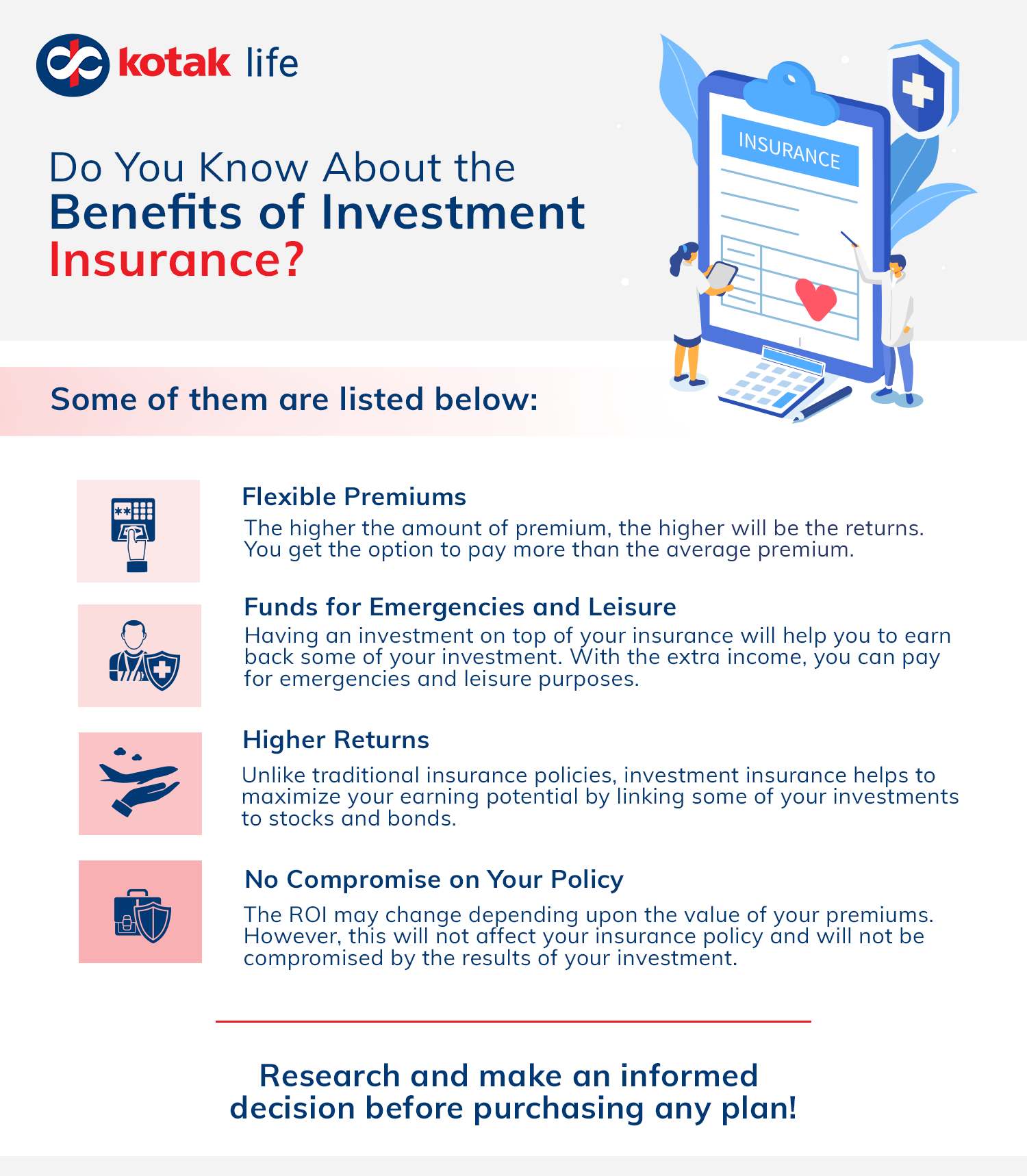Getting My Pacific Prime To Work
Getting My Pacific Prime To Work
Blog Article
Pacific Prime Can Be Fun For Anyone
Table of ContentsPacific Prime Fundamentals ExplainedAll about Pacific PrimeAn Unbiased View of Pacific Prime3 Easy Facts About Pacific Prime ExplainedGetting The Pacific Prime To Work

This is because the information were collected for a period of solid financial efficiency. Of the approximated 42 million people who were without insurance, almost concerning 420,000 (regarding 1 percent) were under 65 years of age, the age at which most Americans become qualified for Medicare; 32 million were grownups in between ages 18 and 65, around 19 percent of all grownups in this age; and 10 million were youngsters under 18 years of age, regarding 13.9 percent of all kids (Mills, 2000).
These price quotes of the number of persons uninsured are generated from the annual March Supplement to the Present Populace Survey (CPS), performed by the Census Bureau. Unless otherwise noted, nationwide estimates of people without medical insurance and proportions of the population with different type of insurance coverage are based upon the CPS, the most widely used source of price quotes of insurance policy protection and uninsurance rates.
What Does Pacific Prime Mean?

Still, the CPS is particularly beneficial since it generates annual estimates relatively quickly, reporting the previous year's insurance coverage estimates each September, and due to the fact that it is the basis for a regular collection of estimates for greater than 20 years, enabling evaluation of trends in protection in time. For these reasons, along with the extensive use of the CPS in various other researches of insurance coverage that exist in this report, we rely on CPS estimates, with limitations noted.

The price quote of the number of without insurance people increases when a populace's insurance coverage standing is tracked for several years. Over a three-year duration beginning early in 1993, 72 million individuals, 29 percent of the united state populace, were without insurance coverage for at the very least one month. Within a solitary year (1994 ), 53 million people experienced a minimum of a month without insurance coverage (Bennefield, 1998a)
6 out of every ten without insurance grownups are themselves employed. Although functioning does enhance the possibility that one and one's relative will have insurance, it is not an assurance. Even participants of families with 2 full-time breadwinner have almost a one-in-ten possibility of being uninsured (9.1 percent uninsured price) (Hoffman and Pohl, 2000).
The Buzz on Pacific Prime
New immigrants represent a substantial proportion of people without medical insurance. One evaluation has actually connected a considerable section of the current growth in the size of the U.S. without insurance population to immigrants that arrived in the country in between 1994 and 1998 (Camarota and Edwards, 2000). Current immigrants (those that came to the United States within the past four years) do have a high rate of being without insurance (46 percent), yet they and their children account for just 6 percent of those without insurance policy across the country (Holahan et al., 2001).
The relationship between medical insurance and access to care is well established, as documented later in this chapter. The connection between health insurance and health and wellness outcomes is neither straight neither easy, a considerable professional and wellness solutions research study literature links wellness insurance policy coverage to better access to care, much better high quality, and enhanced personal and population wellness condition.
Levels of evaluation for checking out the impacts of uninsurance. This discussion of health insurance policy coverage concentrates mainly on the U.S. population under age 65 due to the fact that virtually all Americans 65 and older have Medicare or various other public protection. Moreover, it focuses especially on those without any kind of health and wellness insurance policy for any type of size of time.
Pacific Prime Fundamentals Explained
The issues faced by the underinsured are in some aspects comparable to those encountered by the without insurance, although they are generally less severe. maternity insurance for expats. Uninsurance and underinsurance, nevertheless, include noticeably various policy issues, and the methods for addressing them may differ. Throughout this study and the five reports to comply with, the primary focus is on persons without any health and wellness insurance coverage and therefore no support in spending for healthcare beyond what is available via charity and safeguard institutions
Medical insurance is an effective aspect affecting invoice of treatment since both clients and physicians reply to the out-of-pocket price of solutions - https://penzu.com/p/79996ae8dade0171. Health insurance policy, nonetheless, visit this website is neither essential neither adequate to get to medical solutions. The independent and straight result of health and wellness insurance coverage on accessibility to health and wellness services is well established.
Others will get the healthcare they require even without wellness insurance coverage, by spending for it out of pocket or seeking it from suppliers who supply care free or at highly subsidized prices. For still others, medical insurance alone does not make sure receipt of treatment as a result of other nonfinancial obstacles, such as an absence of health and wellness treatment companies in their community, restricted accessibility to transportation, illiteracy, or etymological and social distinctions.
Pacific Prime Things To Know Before You Get This
Formal study concerning uninsured populations in the United States dates to the late 1920s and early 1930s when the Board on the Price of Healthcare created a series of reports regarding financing medical professional workplace check outs and hospital stays. This issue became prominent as the numbers of medically indigent climbed throughout the Great Depression.
Report this page